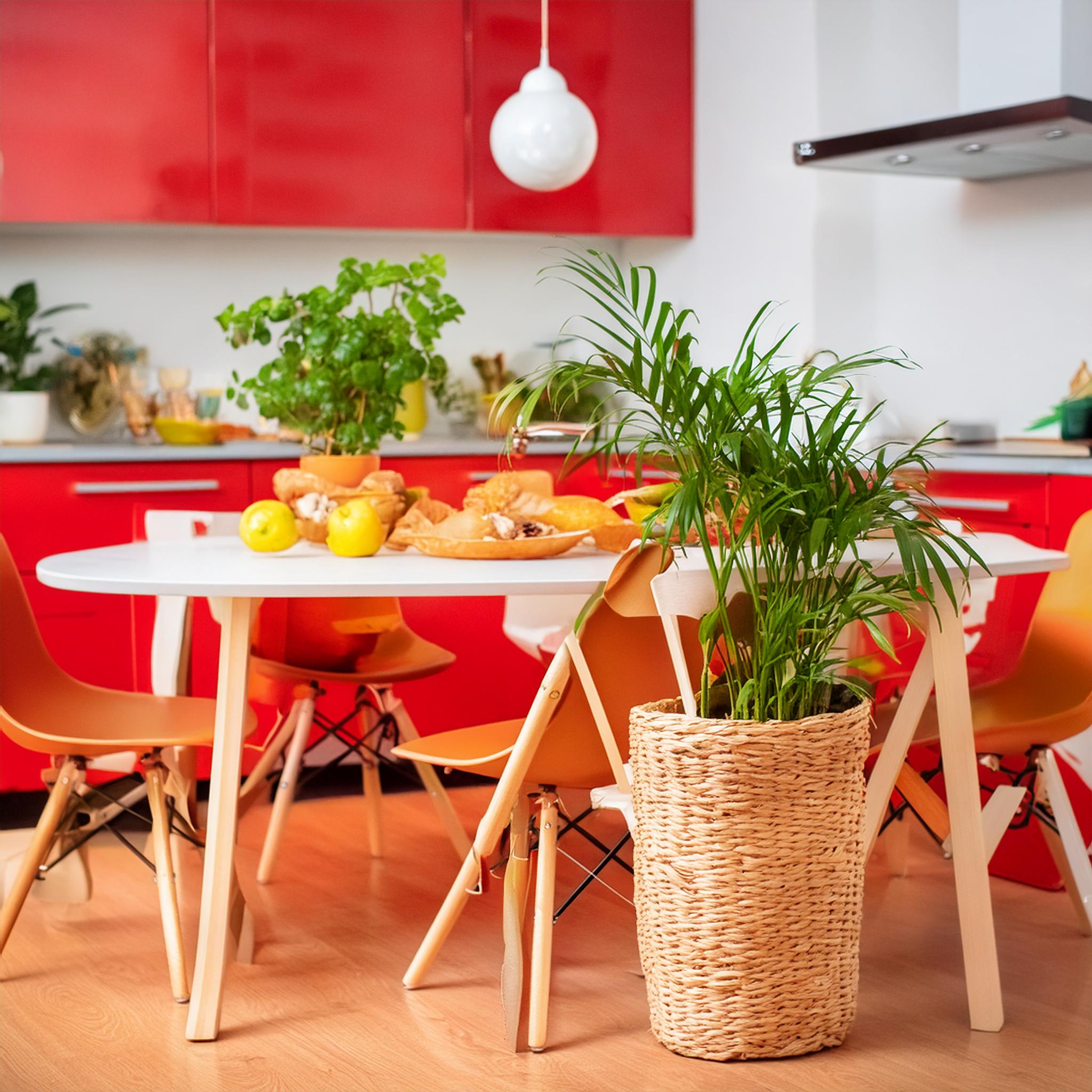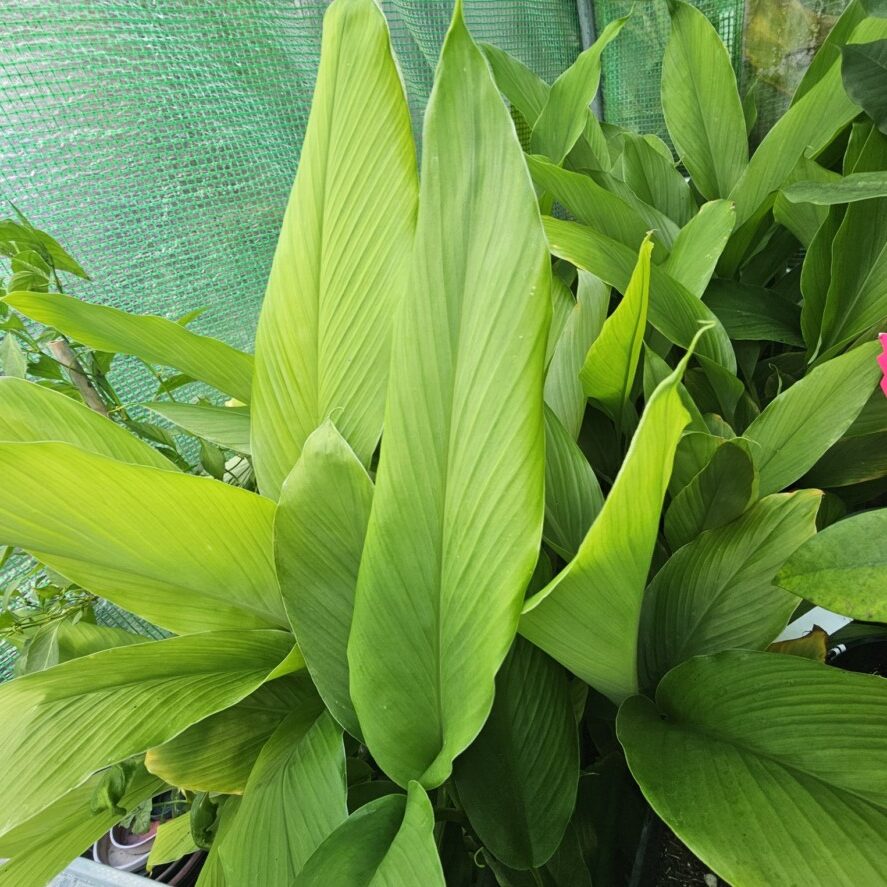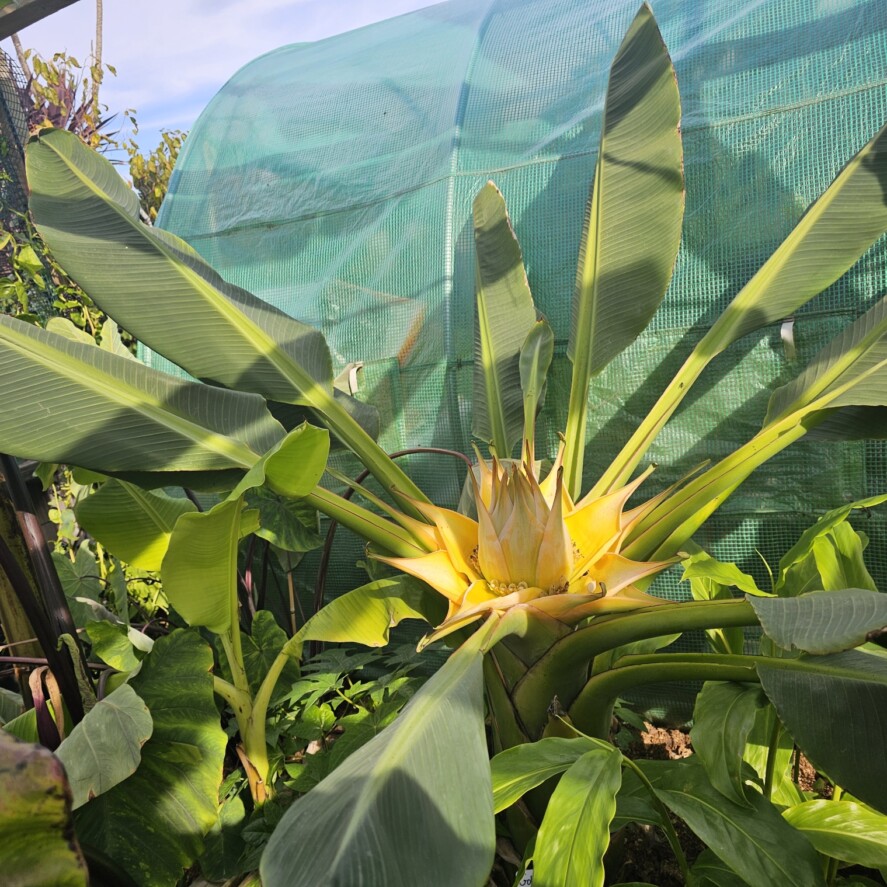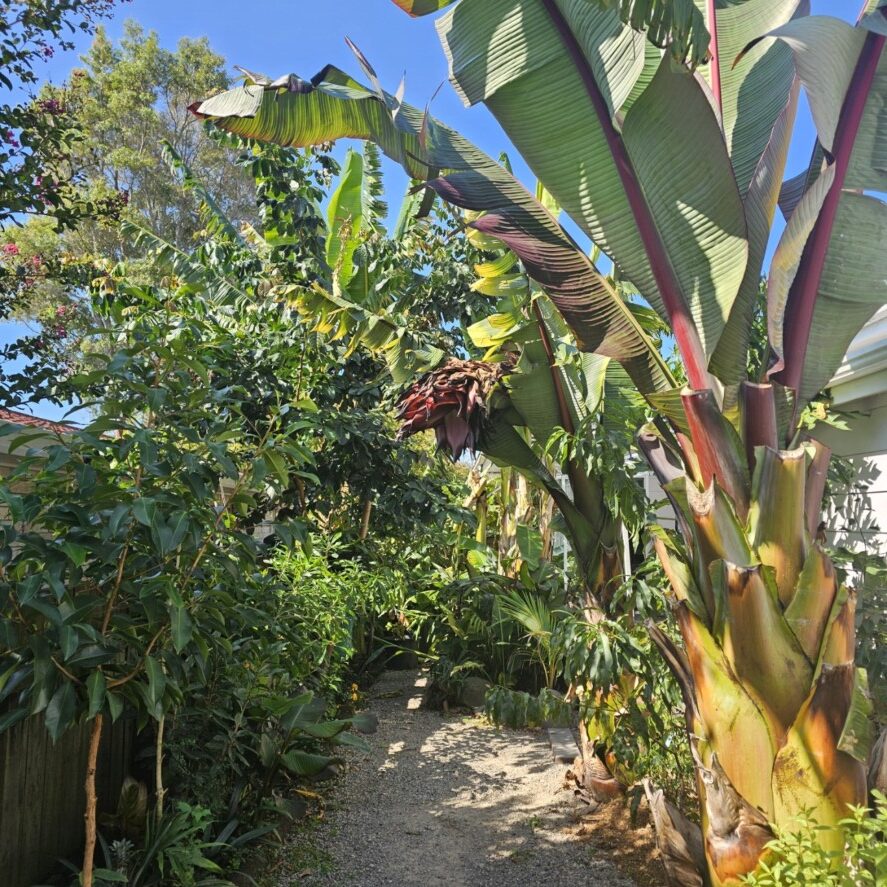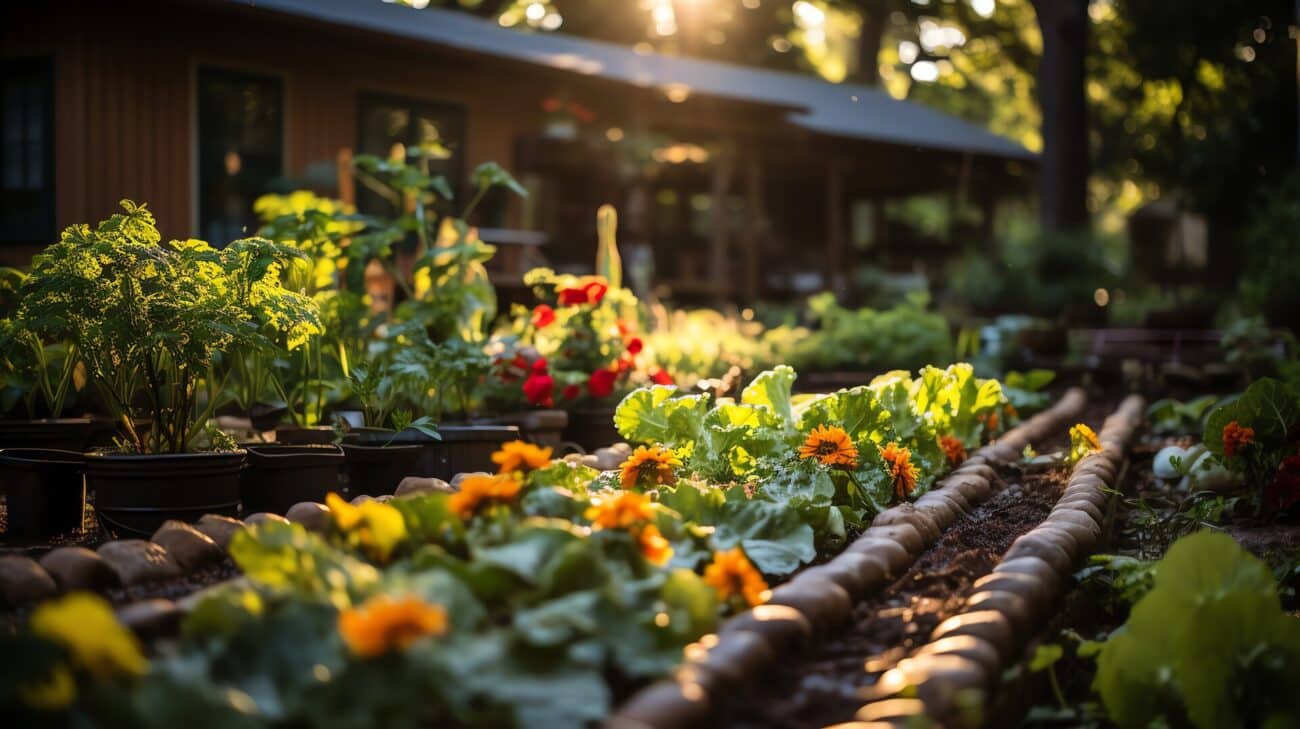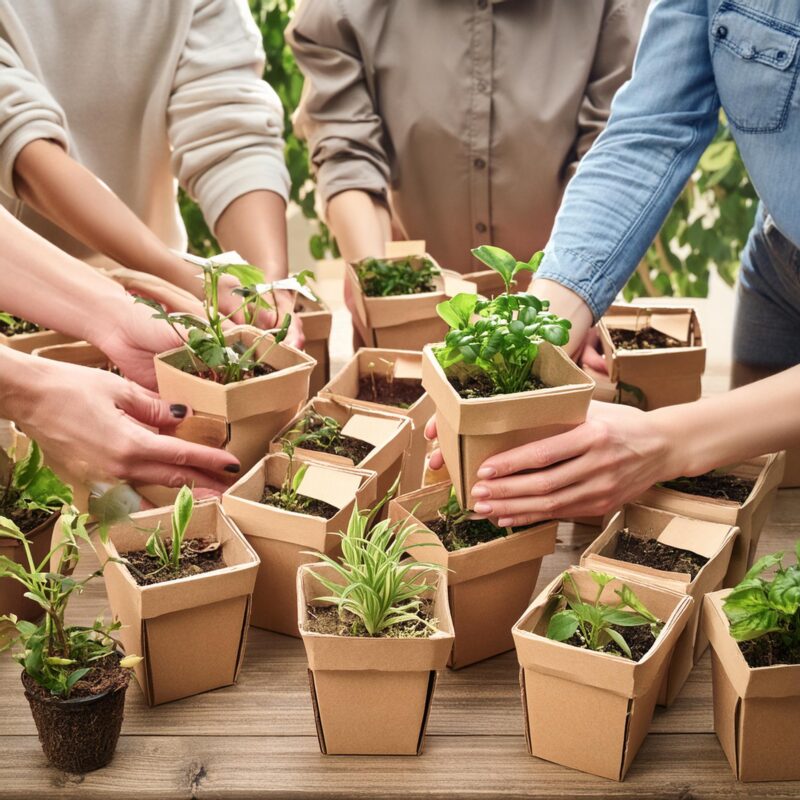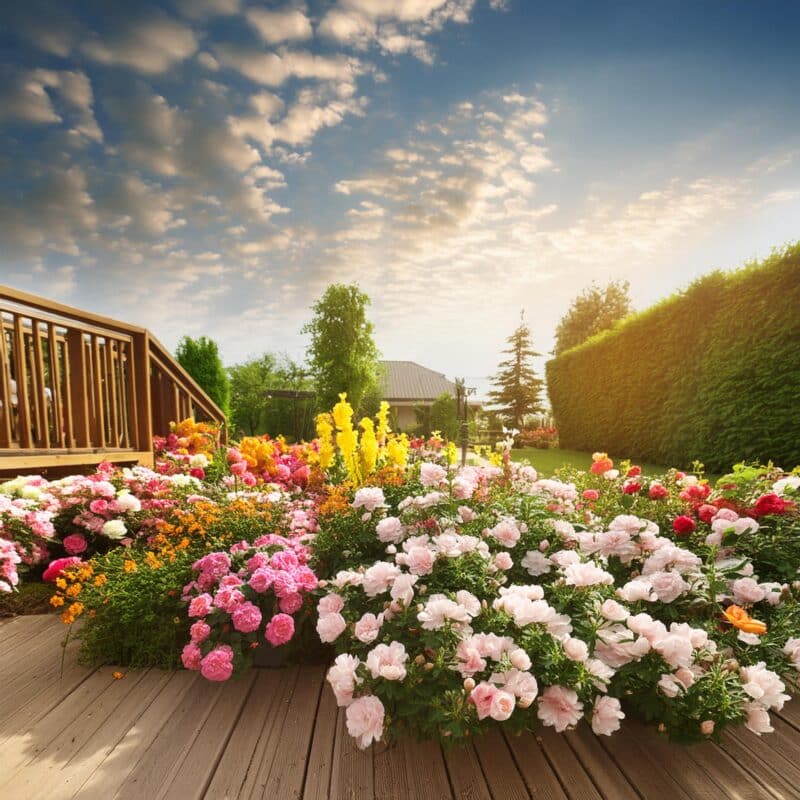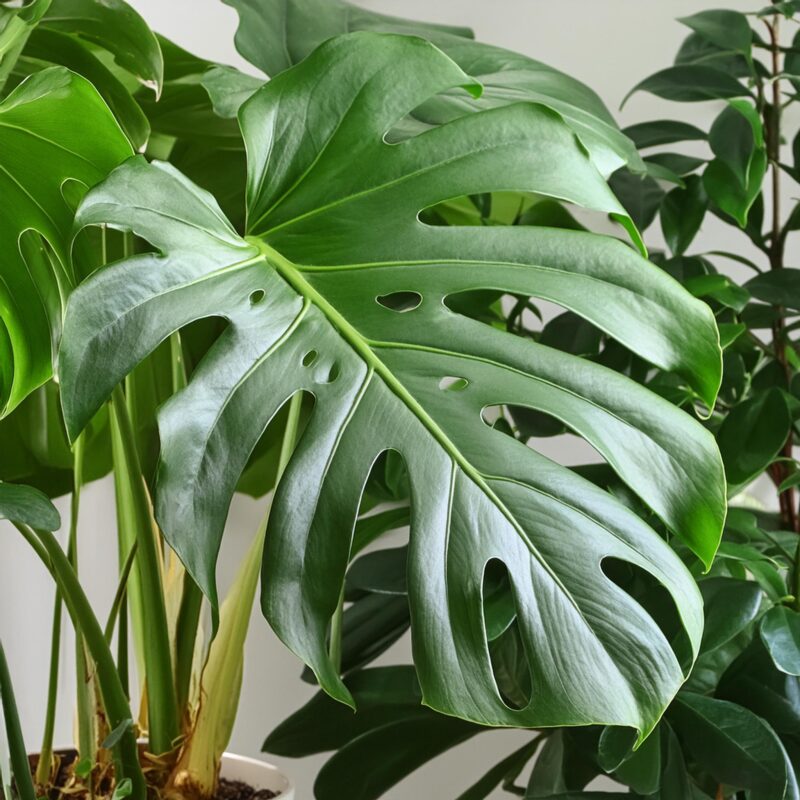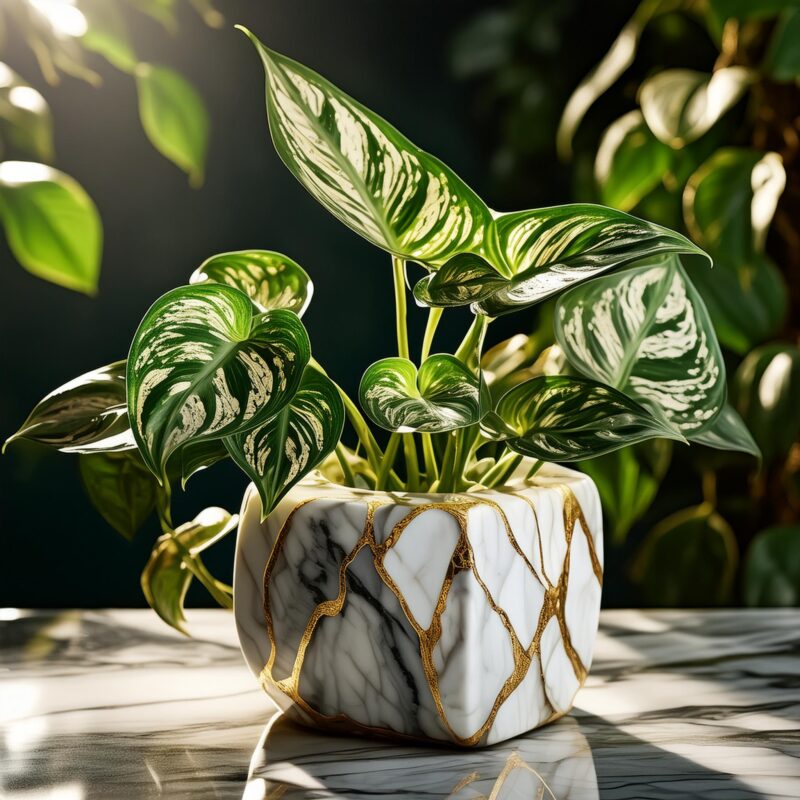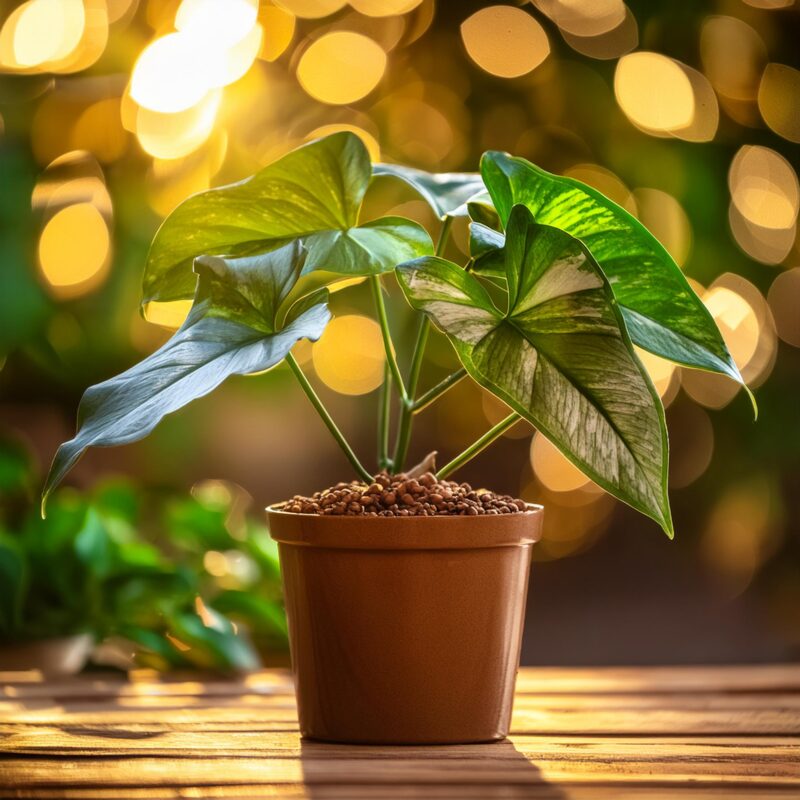-
Troppo Plant & Garden Articles
- Te Puke Region
- TROPPO’s Food Forest in Te Puke, BOP (www,foodforest.org.nz)
- Troppo’s Plant Collection
- TROPPO's Nursery Directory
- Food Forests of New Zealand (www.foodforests.nz)
- Nursery Map - Plant Suppliers of NZ Directory (www.nurserymap.nz)
- Kids Garden Corner
- New Zealand Garden Bird Survey
- New Zealand Garden Groups
- Delicious Recipes
The Positive Impact of Growing Indoor House Plants
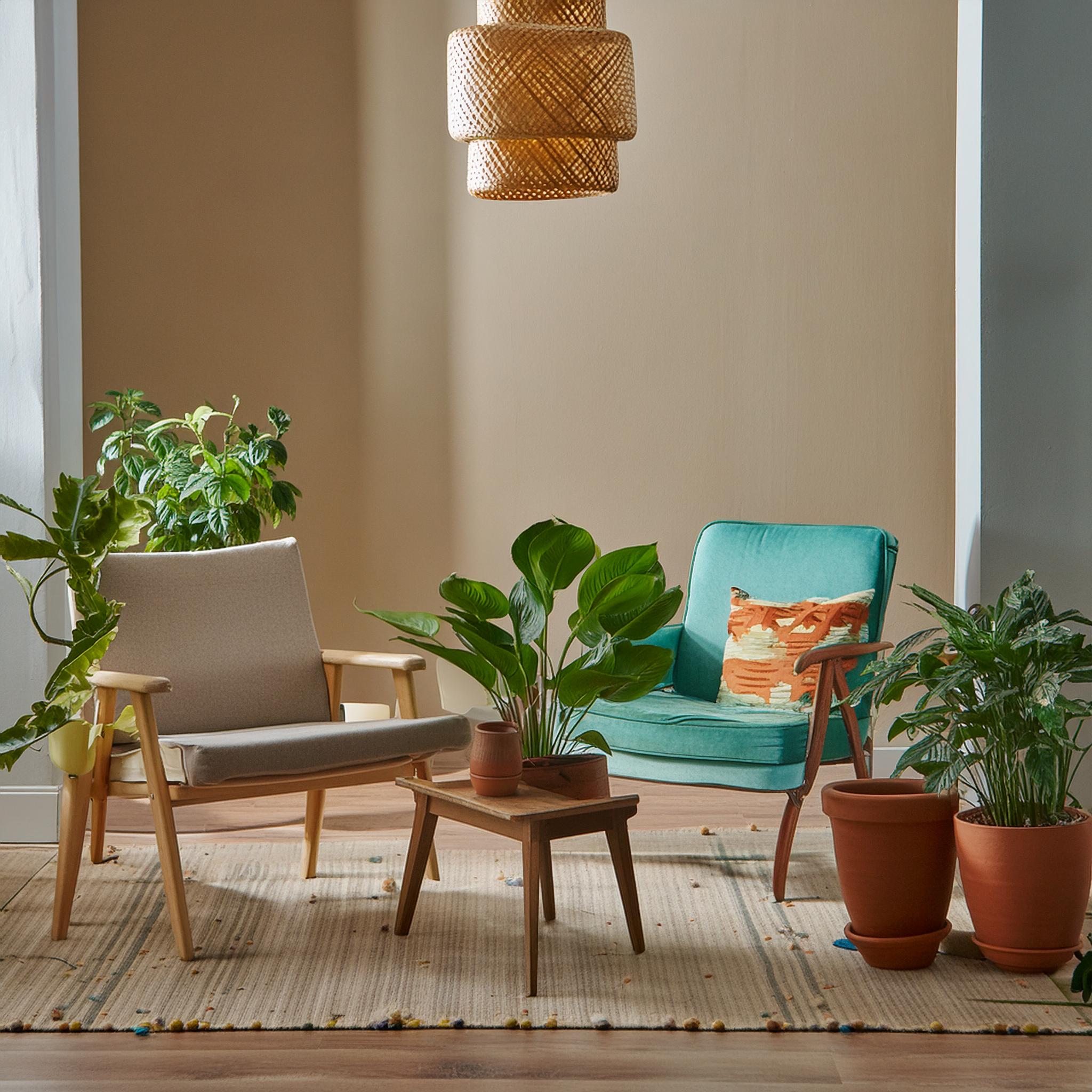
Indoor house plants have become more than just a trendy decor element. Over the past decade, their popularity has surged as people increasingly recognize the myriad benefits they bring into our lives. From improving air quality to boosting mental health, the presence of greenery inside our homes and workplaces can profoundly affect our well-being. This blog explores the positive impacts of growing indoor house plants, highlighting how they enhance our physical, mental, and emotional health and their broader environmental benefits.
Table of Contents
1. **Introduction**
2. **Air Quality Improvement**
– Photosynthesis and Oxygen Production
– Removal of Indoor Pollutants
– Humidity Regulation
3. **Mental and Emotional Well-being**
– Stress Reduction
– Enhanced Mood and Productivity
– Therapeutic Benefits
4. **Physical Health Benefits**
– Respiratory Health
– Allergen Reduction
– Immune System Support
5. **Environmental and Aesthetic Benefits**
– Sustainable Living
– Connection to Nature
– Aesthetic Enhancement
6. **Types of Beneficial Indoor Plants**
– Air-Purifying Plants
– Low-Maintenance Plants
– Plants for Small Spaces
7. **Tips for Growing and Caring for Indoor Plants**
– Choosing the Right Plants
– Proper Plant Care Techniques
– Common Challenges and Solutions
8. **Conclusion**
1. Introduction
In an increasingly urbanized world, where concrete jungles replace natural landscapes, people are finding solace in the simple act of bringing plants indoors. Whether it’s a tiny succulent on a desk or a sprawling fern in the living room, indoor plants are more than just decorative accents. They symbolize a return to nature and offer a breath of fresh air in our hectic, often stressful lives. This exploration delves into the profound and varied benefits of growing indoor house plants, demonstrating why everyone should consider incorporating a bit of greenery into their living spaces.
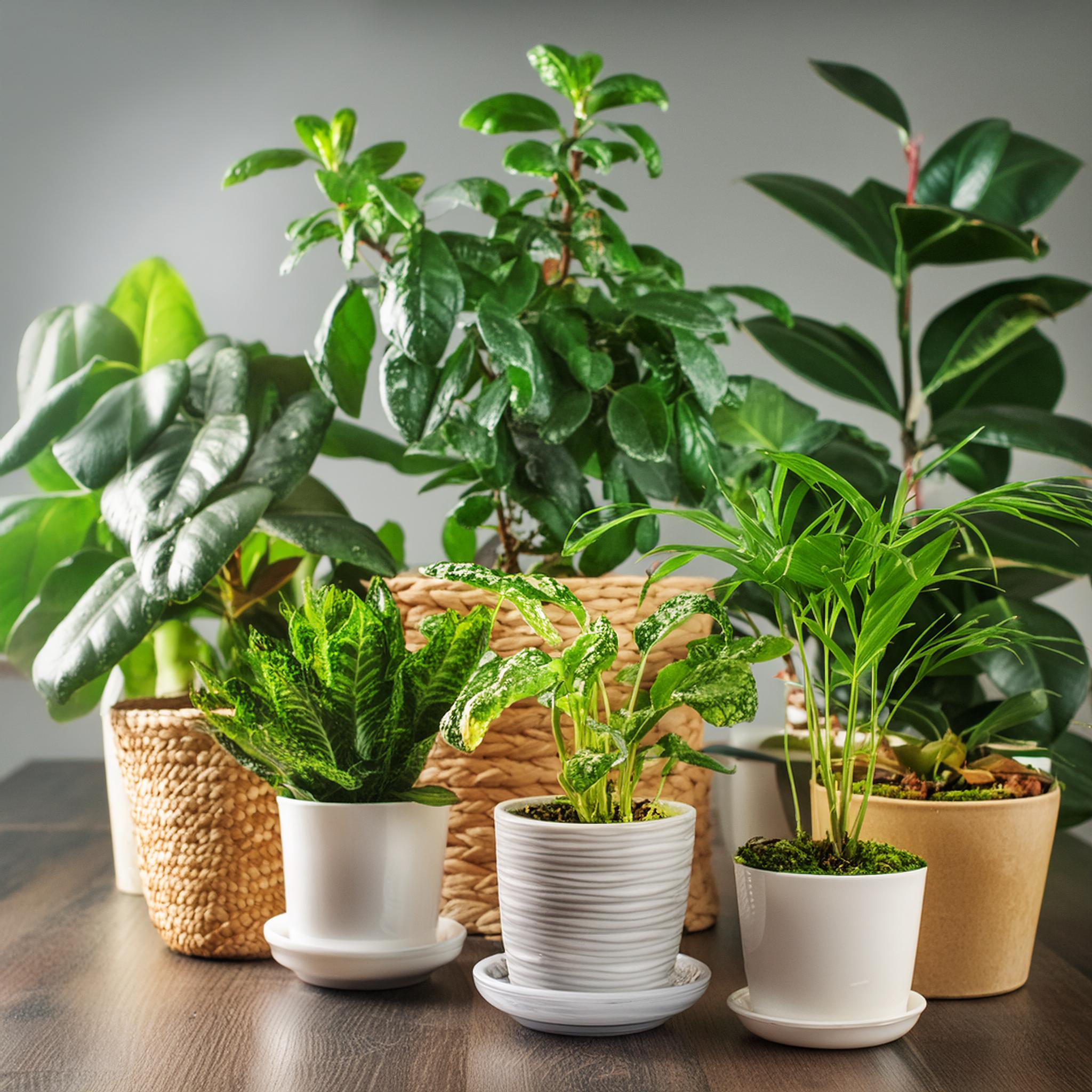
2. Air Quality Improvement
Photosynthesis and Oxygen Production
At the heart of a plant’s ability to improve air quality is the process of photosynthesis. Plants absorb carbon dioxide and release oxygen during the day, which can help enhance indoor air quality. This is particularly beneficial in enclosed spaces where ventilation may be limited. By increasing the oxygen level, indoor plants can make the air feel fresher and more invigorating.
Removal of Indoor Pollutants
Beyond oxygen production, indoor plants also play a significant role in removing harmful pollutants from the air. Common indoor pollutants include volatile organic compounds (VOCs) such as formaldehyde, benzene, and trichloroethylene, which can be emitted by household items like paint, furniture, and cleaning products. NASA’s Clean Air Study famously identified several house plants, including the spider plant, snake plant, and peace lily, as effective at filtering out these pollutants. By absorbing these toxins through their leaves and roots, plants can significantly reduce indoor pollution levels.
Humidity Regulation
Indoor plants also contribute to humidity regulation through a process known as transpiration, where they release water vapor into the air. This can be particularly beneficial in dry indoor environments, helping to maintain optimal humidity levels and prevent the air from becoming too dry. Proper humidity levels are crucial for respiratory health and can help prevent issues such as dry skin, irritated eyes, and respiratory discomfort.
3. Mental and Emotional Well-being
Stress Reduction
Numerous studies have shown that being around plants can reduce stress levels. The presence of greenery has a calming effect, helping to lower blood pressure and reduce feelings of anxiety. Engaging in activities like watering, pruning, and repotting plants can be therapeutic, providing a sense of purpose and routine. This connection to nature, even within the confines of an indoor space, helps alleviate the stresses of modern life.
Enhanced Mood and Productivity
Plants have been shown to enhance mood and boost productivity. Research conducted by the University of Exeter found that workplaces with plants reported a 15% increase in employee productivity and a significant boost in overall well-being. The sight of greenery can make spaces more inviting and stimulate creativity and focus. This is why many modern offices incorporate plants as part of their design, creating a more pleasant and productive work environment.
Therapeutic Benefits
The act of caring for plants can also have therapeutic benefits. Horticultural therapy, a practice where gardening is used as a therapeutic intervention, has been shown to improve mental health outcomes. For individuals suffering from depression, anxiety, or chronic stress, the responsibility and routine of plant care can provide a sense of accomplishment and joy. Even the simple act of tending to a small herb garden or nurturing a potted plant can be a source of comfort and satisfaction.
4. Physical Health Benefits
Respiratory Health
Plants contribute to better respiratory health by improving indoor air quality and increasing humidity levels. Some plants, like the Areca palm and Boston fern, are particularly effective at releasing moisture into the air, which can help alleviate respiratory issues caused by dry air. This is especially beneficial during winter months or in climates where indoor heating can dry out the air.
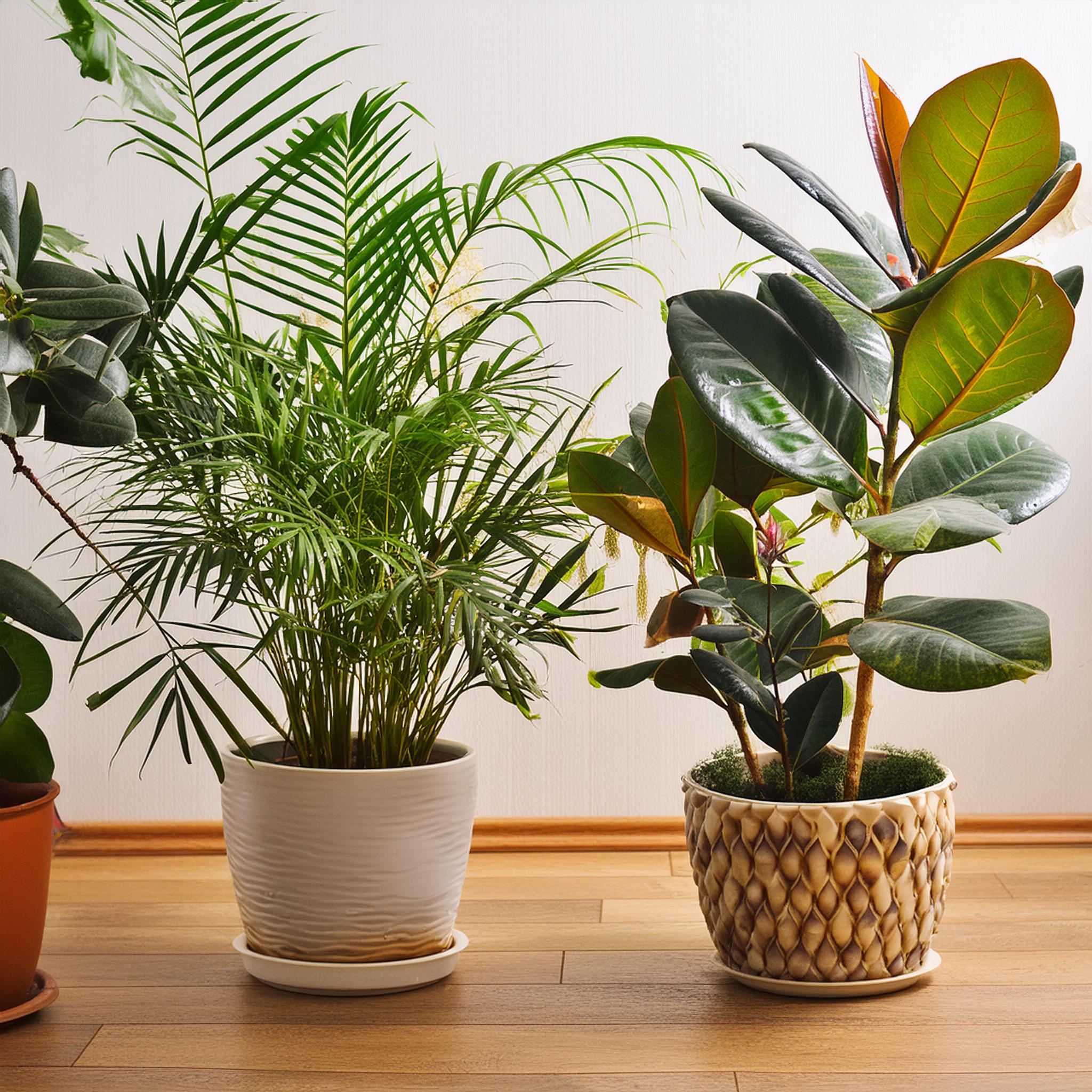
Allergen Reduction
Certain indoor plants can help reduce allergens in the home. For example, the peace lily is known to reduce mold spores in the air, and English ivy can reduce airborne mold and fecal matter particles. Additionally, plants with large, broad leaves can capture dust and other airborne particles, reducing the overall allergen load in the home. While plants can’t eliminate allergens completely, they can contribute to a cleaner, healthier indoor environment.
Immune System Support
The presence of plants can also have indirect benefits for the immune system. Studies have shown that spending time around plants can reduce stress levels and improve overall mood, both of which are linked to stronger immune function. Additionally, the improved air quality and humidity regulation provided by indoor plants create a healthier environment that supports immune health.
5. Environmental and Aesthetic Benefits
Sustainable Living
Growing indoor plants aligns with the principles of sustainable living. Plants contribute to a healthier indoor environment by filtering air and producing oxygen, reducing the need for air purification devices. Additionally, indoor gardening can encourage more sustainable behaviors, such as composting and reducing waste. Plants also foster a connection to nature, promoting an appreciation for the environment and a desire to live more sustainably.
Connection to Nature
In our modern, often technology-driven lives, maintaining a connection to nature can be challenging. Indoor plants provide a tangible link to the natural world, bringing the beauty and tranquility of nature into our homes. This connection can have profound effects on our well-being, helping to reduce feelings of isolation and fostering a sense of grounding and balance. Whether it’s a single potted plant on a windowsill or a lush indoor garden, the presence of greenery can make any space feel more alive and vibrant.
Aesthetic Enhancement
Indoor plants also enhance the aesthetic appeal of our living spaces. They add color, texture, and life to any room, making spaces feel more welcoming and comfortable. Plants can be used to complement any decor style, from minimalist and modern to bohemian and eclectic. They also offer endless possibilities for creative expression, whether through unique plant arrangements, stylish pots, or innovative display ideas. By bringing the beauty of nature indoors, plants can transform any space into a serene and inviting oasis.
6. Types of Beneficial Indoor Plants
Air-Purifying Plants
For those particularly interested in the air-purifying benefits of indoor plants, several species are known for their effectiveness in removing toxins from the air. These include:
– **Spider Plant (Chlorophytum comosum)**: Easy to care for and great for removing formaldehyde and carbon monoxide.
– **Snake Plant (Sansevieria trifasciata)**: Hardy and capable of removing several toxins, including benzene and formaldehyde.
– **Peace Lily (Spathiphyllum)**: Known for its ability to remove mold spores and other airborne pollutants.
Low-Maintenance Plants
For individuals new to indoor gardening or those with a busy lifestyle, low-maintenance plants are a great option. These plants are hardy and require minimal care:
– **Succulents**: Including species like Aloe Vera and Echeveria, succulents are drought-tolerant and thrive in dry indoor conditions.
– **ZZ Plant (Zamioculcas zamiifolia)**: Extremely low maintenance, it can tolerate low light and irregular watering.
– **Pothos (Epipremnum aureum)**: Known for its resilience and ability to thrive in various light conditions.
Plants for Small Spaces
Not everyone has the space for large indoor plants, but many species can thrive in smaller environments:
– **Herbs**: Basil, mint, and thyme can grow in small pots and provide fresh, aromatic herbs for cooking.
– **Cacti**: Compact and requiring minimal care, cacti are perfect for small spaces.
– **String of Pearls (Senecio rowleyanus)**: A unique trailing plant that adds visual interest to small spaces.
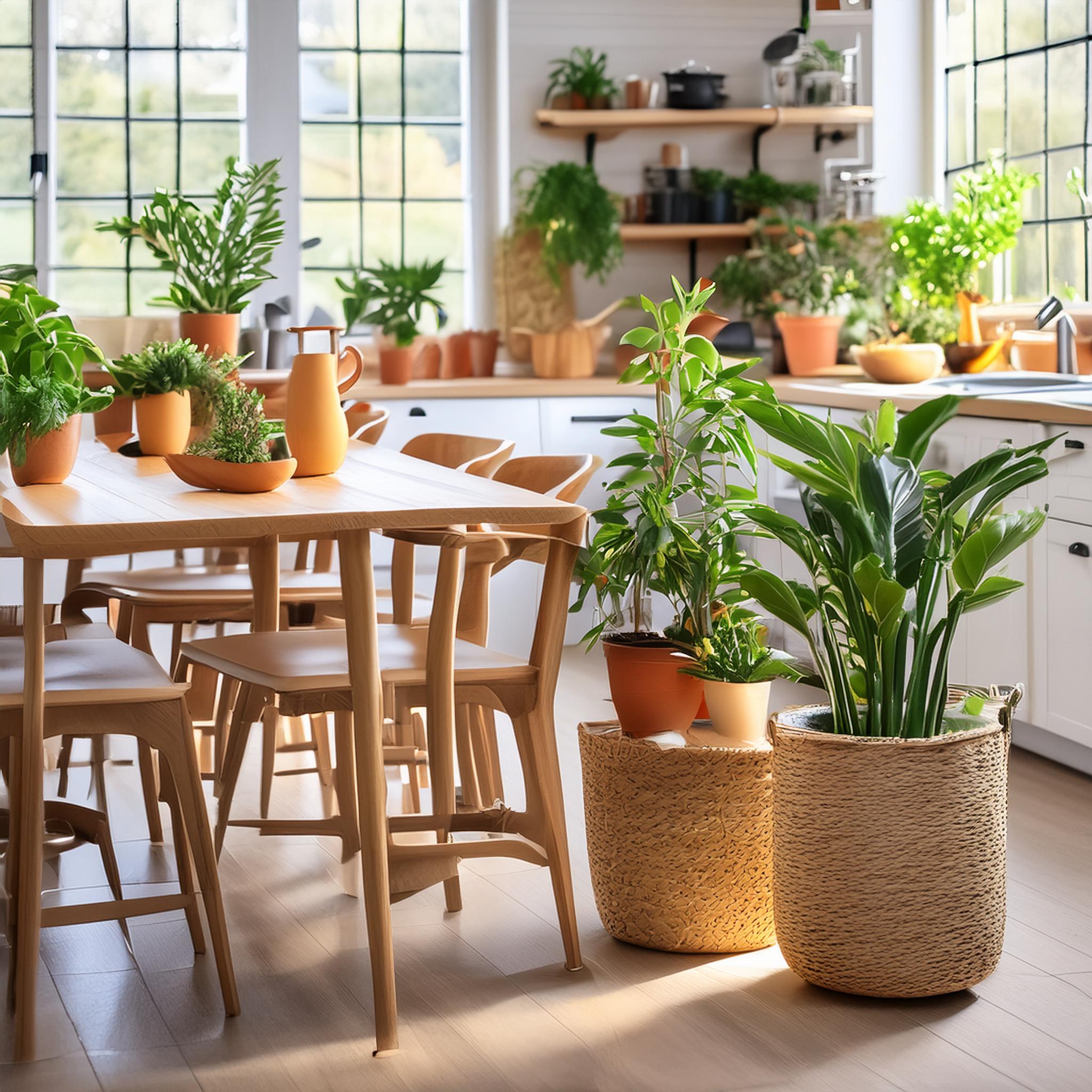
7. Tips for Growing and Caring for Indoor Plants
Choosing the Right Plants
When selecting indoor plants, it’s essential to consider factors such as light levels, temperature, and humidity in your home. Some plants require bright, direct sunlight, while others thrive in low-light conditions. Understanding the needs of your plants and choosing species that match your indoor environment will ensure their health and longevity.
Proper Plant Care Techniques
– **Watering**: Overwatering is a common mistake. Most indoor plants prefer to dry out slightly between waterings. Check the soil moisture before watering and ensure pots have proper drainage.
– **Lighting**: Place plants in appropriate lighting conditions based on their needs. Rotate plants periodically to ensure even light exposure.
– **Feeding**: Use a balanced, water-soluble fertilizer during the growing season to provide essential nutrients. Follow the recommended dosage to avoid over-fertilizing.
– **Pruning**: Regularly prune dead or
yellowing leaves to encourage new growth and maintain the plant’s shape.
Common Challenges and Solutions
– **Pest Control**: Indoor plants can attract pests like aphids or spider mites. Regularly inspect plants and use natural remedies or insecticidal soap if needed.
– **Overwatering**: Signs of overwatering include yellowing leaves and root rot. Allow the soil to dry out and reduce watering frequency.
– **Insufficient Light**: If plants show signs of insufficient light, such as leggy growth or pale leaves, consider moving them to a brighter location or supplementing with artificial light.
8. Conclusion
Indoor house plants offer a wealth of benefits that extend far beyond their aesthetic appeal. They improve air quality, enhance mental and emotional well-being, support physical health, and contribute to sustainable living. As we navigate the demands of modern life, the presence of indoor plants provides a tangible connection to nature, offering comfort, tranquility, and a breath of fresh air.
Incorporating plants into our living spaces is not just a trend but a meaningful way to enrich our lives and create healthier, more vibrant environments. Whether you’re a seasoned plant enthusiast or just starting your journey with indoor gardening, the positive impact of growing indoor house plants is undeniable. So, bring a little green into your life and experience the transformative power of plants firsthand.
